Expanding Coverage to Meet Demand - PODCAST TRANSCRIPT
March 31, 2025 at 8:26 p.m.Editor's note: The following is the transcript of a live interview with Joel Shealy of BITEC. You can read the interview below or listen to the podcast.
Intro: Welcome to Roofing Road Trips, the podcast that takes you on a thrilling journey across the world of roofing. From fascinating interviews with roofing experts to on the road adventures, we'll uncover the stories, innovations and challenges that shape the rooftops over our heads. So fasten your seat belts and join us as we embark on this exciting roofing road trip.
Karen Edwards: Hello and welcome to another episode of Roofing Road Trips from roofers coffee shop.com. My name is Karen Edwards, and today I'm really excited to sit down with Joel Sheely from BITEC to talk all about things that are happening in BITEC. Joel, welcome.
Joel Shealy: Hello.
Karen Edwards: Hello. Thanks for joining me this morning. So, you know, we just we're talking a couple weeks after IRE, it was APAC show and it's where everybody talks about what's new. So before we dive into what's new at BITEC, can you just introduce yourself, tell us a little bit about you and about the company.
Joel Shealy: Certainly. My name's Joel Sheeley. I've been with BITEC for just over five years now. Currently I'm the president of, of our organization, BITEC has been around for 39 years. We've, we've long been an industry leader in modified butman production and and continue to do so with some, some really cool and neat new things we're doing. Additionally, over the last few years, we've, we've really added out to our, our lineup with offering a full coatings lineup in, in the Stormbreaker brand. We also have single ply membranes under our, our stronghold brand. Last year when we acquired the, the Viking Products Group company with even brought in more of a built up line and and cold our pitch. So really today, from, from where we were five years ago, if anything from the, the deck up we can, we can get or do for you. Yeah,
Karen Edwards: Yeah. It's been great to see you guys your growth over the years. Right. Because you've been working with Roofers Coffee Shop for quite some time and, and just in the last few years you've really built out that well-rounded solution. You know, the one-stop shop is kind of what everybody wants now, right?
Joel Shealy: It is, and and it really makes it, it's beneficial for us and for the, the end user, the, the building owner or the contractor when you go into a specification and, you know, to warrant the system from the deck up, which is what everybody wants. So when you're, when you've got all those products to offer, then it makes it a lot easier to offer that warranty.
Karen Edwards: That's a really good point. And then you have no pointing fingers and no one blaming other people. Right.
Joel Shealy: That that's correct. It all, it all comes back to one point. So that,
Karen Edwards: Yeah.
Joel Shealy: Makes it easy for everybody.
Karen Edwards: Okay. So one of the things that we're seeing in the market is really an, an increase in the popularity of self adhered roofing systems. I'd like you to talk a little bit about maybe why that is and, and then some of the solutions that BITEC has in that category.
Joel Shealy: Certainly. So the, the self adhered products obviously have been around for, geez, probably at least 30 plus years now. However, you know, the, the rise in popularity today I think is, is largely due to the, the fact that you've got a system that you put down without heat, without hot asphalt. So it's a, it's a neat system. It's also a system that provides very low, uh, installation risks for the contractor. And obviously there's no open flame or you don't have hot asphalt around. So it's, it's ease of use is, is very, very good today. It's, it's largely used in the residential market in some of the, the low slope areas on, on homes, but you do see some commercial applications that are certainly out there that are, are using it as well.
Karen Edwards: Do you think, I didn't realize that it, it had, the technology had been around as long as it has, you said 30, 30 some years is, is it, is it a matter of okay, well now we trust it? Like we, we didn't use it as much 'cause we didn't trust
Joel Shealy: It. You know, there's been a few hiccups in the road for, for everybody along the way. I think everybody's had a a, an instance where probably it, it was installed in a situation where maybe it shouldn't, you know, it, it is not a, uh, even today we, you know, we, we want a half inch and 12 type slope on a, on a roof to, to say that's a good installation for self adhere just because you, you, you've got a, a really good bond and you've got a really good system, but you, you don't quite have the same that you get with, with heat or hot asphalt or a cold applied system where you've got that, that redundant material if you want to call it to help with your waterproofing. But but it done Right. A system that is installed right. You know, there's no reason you're not gonna get 20 plus years out of that self adhered roof.
Karen Edwards: Yeah, that's, that's the key. I think, you know, quality, the quality of the installation is gonna directly relate to the life of that installation and performance. Right.
Joel Shealy: Absolutely. It's, it goes with anything you do, you, you wash your car poorly, you're gonna have dirt streaks behind. If you put a, a roof on poorly, you, you may have leaks, so,
Karen Edwards: Yeah. Yeah. And nobody wants that. Right. So let's talk about a little bit about the, the use of these self adhered systems in residential roofing applications. Are we seeing more of that?
Joel Shealy: I think it's, I don't know if you, you would say more. It's certainly is very, very commonplace, uh and used across the country. I mean, obviously you have a few more areas with, you know, covered patios and things like that, that may provide some low slope areas where it's used in, in the south versus the north, where they, they just want the sun when they can get it. But it, it's, it is used across the country. It's, and honestly the nice thing about it is for the homeowner, it is a system then that you can match their shingle colors up nicely. So you really hardly even notice that there's a transition if you can see it at all due to the fact that it's low slope.
Karen Edwards: Wow, okay. So I, yeah, I like that. The, the color options or what, how many are there? Right? So do you have a, a base, a number of colors and then do you do any custom?
Joel Shealy: So our, in our standard offering today, we have 13 colors that we offer. And then, you know, custom would, we could probably blend any color or I shouldn say probably we, we could blend almost any custom color, however, it's gonna take something a little bit bigger than, you know, a foursquare
Karen Edwards: Patio
Joel Shealy: Cover to make that economically viable for, for either party.
Karen Edwards: Sure, yeah, that makes a lot of sense. So with 13 choices, you are probably gonna be able to get pretty close, right?
Joel Shealy: That's correct. I mean, your, your common, you know, weather woods and and those tan colors and, you know, that are, that are very common out there. Those, those shingle colors are, are all matched up.
Karen Edwards: Okay. So tell me about this self adhered system and the, the components that are involved in, in the system.
Joel Shealy: So, so in an sa or a self adhere system, like I said, the nice thing is, again, there's no, no other requirements for, for hot asphalt or or torching or anything. Typically what you've got is you've got a much like any other mod bit system, it's a two-ply system. You've got a, a base sheet that that's applied to the deck and then a cap sheet that's applied over that, obviously a granulated cap sheet. And again, to match those colors up, like we were talking about, the only the, the side laps are all, you know, self adhered and sealed. The only difference is on the end laps, there is a, you do put down a little bit of cold adhesive down there to, to help get those granules to bond into the next layer.
Karen Edwards: Okay. And the, we're talking about the imper fluex system, right?
Joel Shealy: Correct. So that EMPER Flex has been our system since day one since we, we came out with it and you know, we've, we've got obviously a long track record of success with that product. One thing that we've, we've often heard from our contractors is, you know, we, we've based our business on quality and so they've always enjoyed our, our, our quality and what we've done and and making sure that we produce the highest quality products that are out there. And as part of that, we always had a, our reflex USA product was a square and a half base sheet. A lot of our competition, or the majority of our competition had gone out and promoted a or gone to a two square thinner base sheet. And we resisted that for a, a very long time. But we, we've, we've taken the plunge, we've listened and so at IRE we were very excited to roll out our, our Inflex SA two, which is a two square base sheet that'll be more, get us more in line with what our competition's doing and and make it easier on the contractors where one, one roll of base equals two rolls a cap and it's a, it's a pretty simple math formula to figure out how much you need.
Karen Edwards: Right. Yeah. So it, you know, it's interesting because you said you resisted for, for some time, but what was the, what was the convincing, you know, was it just feedback from your, from your customers? Y
Joel Shealy: You know, we, it was feedback from our customers and I think, you know, the five years ago when, when I came into this and started talking with, with you and Heidi and and Roofer's coffee shop, you know, we, we introduced the idea of BITEC 2.0 into the, the equation. And I think we've, we've almost, I don't wanna say we almost have, we've run BITEC two point OH'S course and and we're honestly transitioning to BITEC 3.0 now. So, so I think part of that is just that transition in the marketplace and more of our, our current state of maturity and and growth that we've had and and to keep that growth going and to listen to what our contractors are asking for, said, you know, we need to, we need to make this product
Karen Edwards: Right. Yeah. You know, it's kudos to the, to the company because, you know, you've been, they, they brought you in five years ago and you've been leading, you know, you, you led the, the Charge 2.0 and now what you're doing with 3.0, it can be hard right? To change. It's, it's so easy to be, Hey, you know, we've always done it this way. The product's always been like this and there's nothing wrong with it, so why would we change? So to, to be willing to do that, I think, you know, kudos to you guys for listening and for being willing to adapt.
Joel Shealy: Well, thank you. And I mean, I will say and I, I wanna give kudos to, to all our team because as, as everybody knows, change can be hard and we've done a lot of it Yes. Over the last few years. So unfortunately, either you were, you were willing to change or you, you, you had to find other, other opportunities out there. So our, our team that's been, been with us, it seems like, uh, between what we're doing out, out on the field and with our sales team and with our, our behind the scenes, you know, infrastructure and systems, it has been five years of, of flux and change, but it's, it's made us better.
Karen Edwards: Yeah, yeah, definitely. And, and it shows, you know, look at, look at what you've done and it's really impressive to, to being, you know, known for one thing, but now being a full one-stop shop with all the different roofing systems no matter what the need is. I think that's really fantastic. So let's talk a little bit about, I'm always curious, how do contractors start using your products? How do they, where do they get them? Do they buy direct, do they go through distribution? What does that look like?
Joel Shealy: So for our self adhere products, that's gonna be primarily through distribution. And you know, we're, we're in everybody's catalogs out there via, you know, the, the big supply houses down to, to quite a few of the small ones. Additionally, we've had a, a group of sales reps that, you know, we're extend pretty well coast to coast now. We're, we're definitely a little heavier, you know, south of I 70 than we are north of it today. But we're working in building our team north of I 70. We've got some, some folks in those areas just we're not quite as extensive of our, our coverage. And as we continue to to grow this business and this brand, we will continue to add people to the, in in those other areas.
Karen Edwards: What is the, the learning curve like for a contractor that, you know, maybe they haven't ever tried BITEC products and they want to and what does your training or support look like for those contractors?
Joel Shealy: Again, we, we've got our sales team out there and and they are all always happy to, to work with a contractor and show 'em best practices and and how to, to properly install a system. Additionally, we, we frequently take part in training and demos at distribution. So, you know, keep an eye out in, in some of your distributors around your area that especially as the weather starts to get good before it gets hot.
Karen Edwards: Yeah. <laugh>
Joel Shealy: Be focusing on doing a few more of those and having a few more demos out there. And lastly, you know, if, if there's questions still we've got a wonderful technical team that if you can call in or email our tech team as well and they can certainly provide the resources and the guidance to help help somebody get a system installed properly.
Karen Edwards: Yeah. There's nothing worse than, you know, facing a question or a problem and you're not really sure what to do. And being able to pick up the phone and get the answer that you need, I think is really key for success.
Joel Shealy: It, it certainly is and that's where, you know, we certainly want to be, you know, do what we say we're gonna do and be easy to do, easy to do business with. So I think the more, the more you contact us, the easier you'll find out it, it is to do business with us.
Karen Edwards: Nice. Okay. So now we mentioned earlier in the conversation about, you know, having all the different systems and products really makes it easier when it comes to warranties. I'd like to know a little bit more about the warranties and and what kind of, what period, you know, what length of time are we talking for these, especially for the self adhered roofing system?
Joel Shealy: So I mean, I, I've got a, one of our technical guys who's, who's not incorrect and he says that every, every roof is like a snowflake, <laugh>, there's no two that are alike.
Karen Edwards: Right.
Joel Shealy: And, and he's, he is very true with that, that statement. So, but our, our warranties go from 10 to 20 plus years, but it depends on that, that individual snowflake a little bit, if you'll as to how, how long of a, a warranty we will give. But, you know, 20 year N DLS and and a lot of systems is very common when it comes to the self adhered systems. Again, tend to be a little bit of, little bit less, but again, if you've got the right snowflake that could be a a 20 year roof as well.
Karen Edwards: Sure, sure. And how do you, how do you, who looks at the snowflake and makes that determination?
Joel Shealy: Again, that's our technical team. So we've got, uh, several folks in our, our technical group that'll review warranty applications and and take a look at what the, the details provided, you know and in those snowflakes, what's the, the drainage of the roof, what are your penetrations, what all do you have going on that that looks, makes it a better or a worse candidate for a warranty?
Karen Edwards: Right. Yeah. So is this something that we're looking at ahead of time, you know, before the install, like, Hey guys, this is the roof, here's what I'm gonna put down, what can I get in terms of warranty? Because I imagine you wanna have that conversation as a contractor with the homeowner before the whole process starts.
Joel Shealy: Absolutely, absolutely. If you're, if you're looking to do a warranty system, I mean, a lot of the homeowners are, are, are happy with the, the material only warranty, which you, those are, are certainly out there and available and, you know, are, don't have the any, any sort of limitations I guess basically you, the materials installed and it's, it's got a material warranty that we say, you know, we're gonna warranty that material is free from, from defects. But for a a system warranty or an NDL type warranty, the, the process would be that the, the contractor's going to submit a pre-application that would detail, again, have the details of the roof system, you know, how drainage is, is handled, obviously penetrations and then our work with our technical team to, to develop, you know, the system to be used and and the scope of work to obtain that warranty.
Karen Edwards: Excellent. Okay. And then before we wrap up, I'm really curious because I mentioned earlier, you know, we did just have the International Roofing Expo a couple of weeks back in San Antonio and I, I, I think I waved hi to you walking by 'cause you were so busy. Everybody was so busy. What's, what's the feedback that you're hearing at the show about, you know, BITEC 3.0?
Joel Shealy: I, I gotta say it's, it's, there's a buzz. You know, I've, I was told by more than a, a few people that we're making a buzz. So that's, that's exciting to hear that. I mean, all the work and the effort that we've been doing for the last few years that people in the industry are, are starting to take notice and and see just how dynamic and how growth oriented we we've become and and maybe a little disruptive if
Karen Edwards: Yeah,
Joel Shealy: We can. It's, uh, that's a big word and I, I don't, I don't mean it in a bad way, but, you know, change is like, like we said, change is, is tough for a lot of people and those who can change quickly and and adapt can be disruptive in a marketplace.
Karen Edwards: Oh yeah, yeah. I like that word disruptive because, you know, it's, it's, the status quo is fine for a time, but you know, if there's somebody out there that's shaking things up, then you're gonna make everybody else kind of shake it up a little bit too. And, and I like that. I think that's good thing. So thank you Joel.
Joel Shealy: No problem. IIII do enjoy the disruptive word a little bit too, so <laugh>.
Karen Edwards: Yeah. Always fun. All right, well, well, I wanna just thank you for being here, for sharing information about BITEC and all the, the new exciting things that you guys are doing and I wanna thank everybody out there for listening to this Roofing Road trips. You know, if you, if you want to learn more about BITEC, they do have a full directory on roofers coffee shop.com and you can go there, you can find out about, find out about all these changes and new innovations. And thank you for listening. Be sure to subscribe on your favorite podcast platform because we wanna see you on a future episode of Roofing Road Trips. Thanks, Joel. Bye
Outro: Everyone. Thanks cheer. If you've enjoyed the ride, don't forget to hit that subscribe button and join us on every roofing adventure. Make sure to visit roofers coffee shop.com to learn more. Thanks for tuning in and we'll catch you on the next Roofing Road trip.
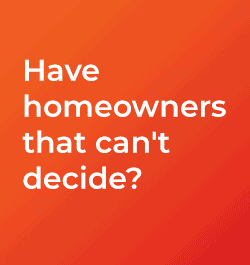


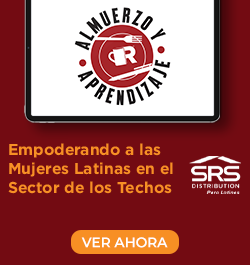
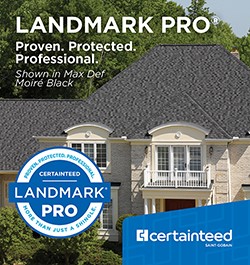
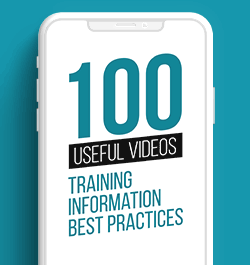

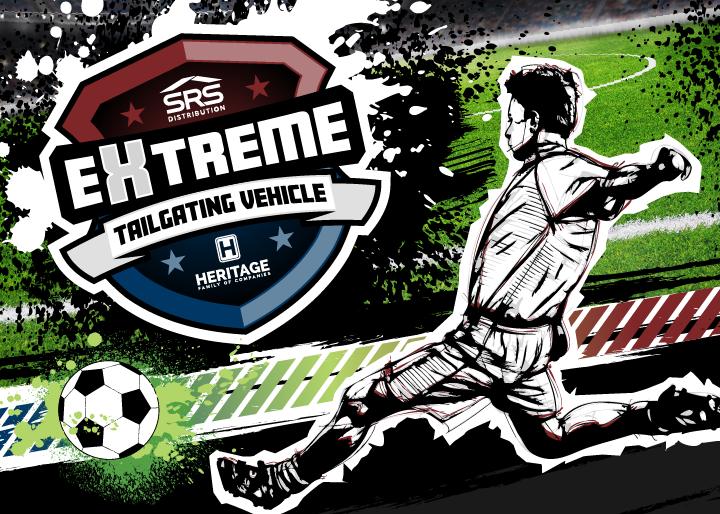
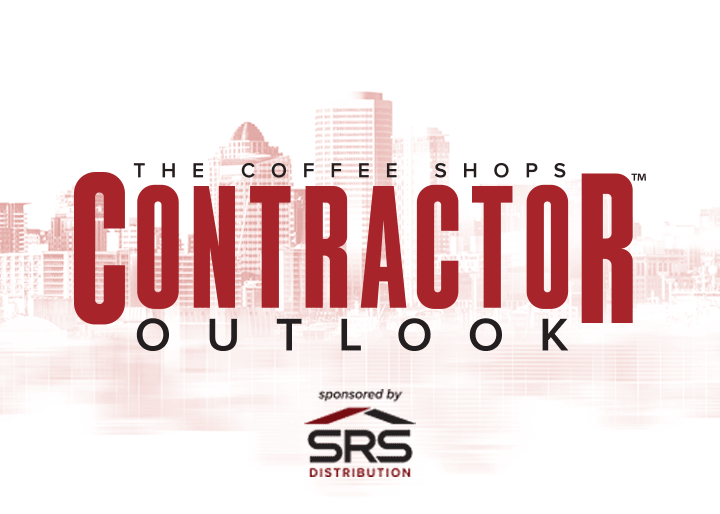

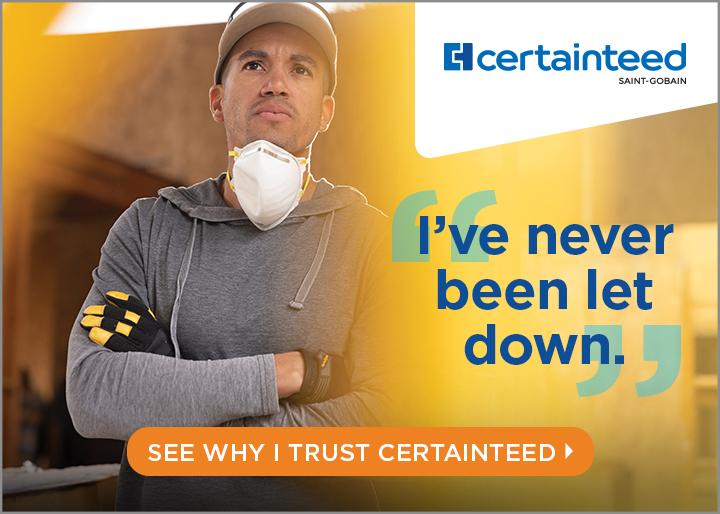
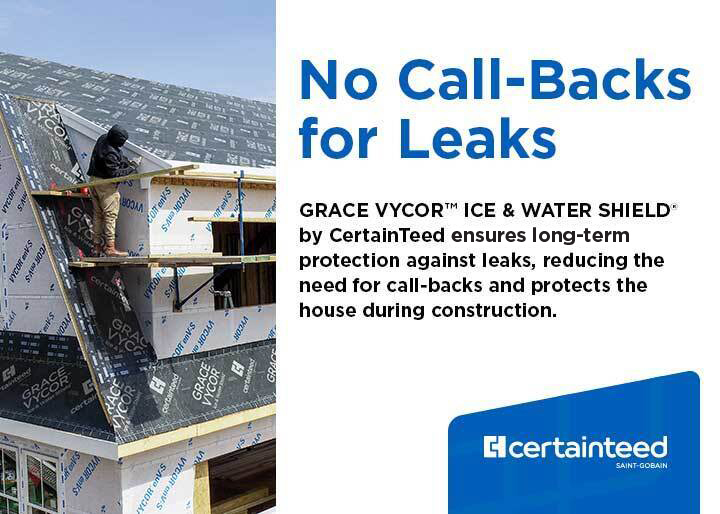
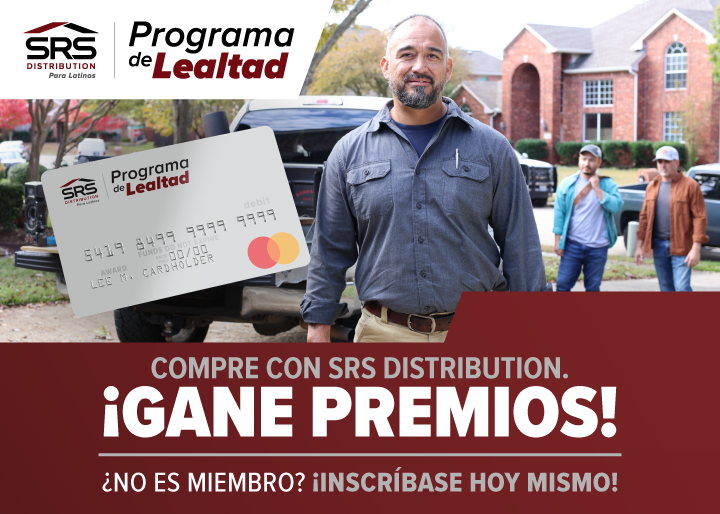
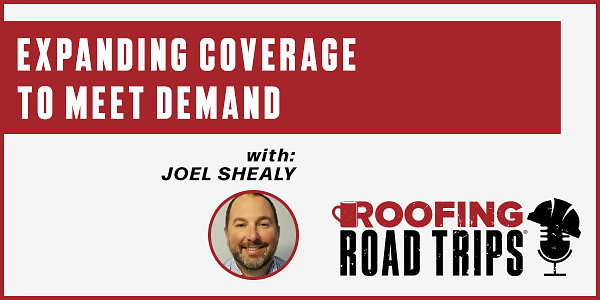

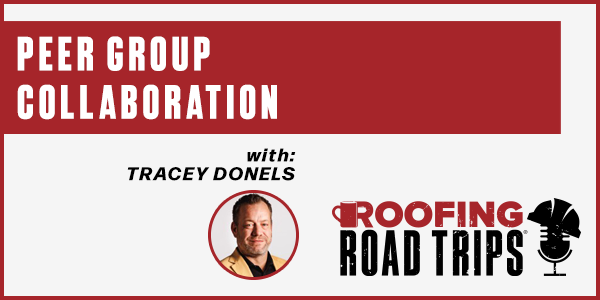


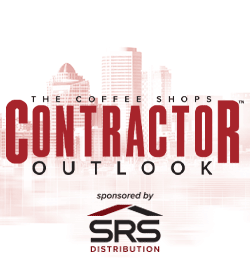
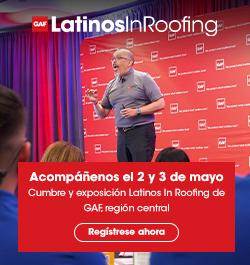


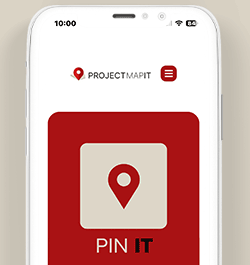

Comments
Leave a Reply
Have an account? Login to leave a comment!
Sign In